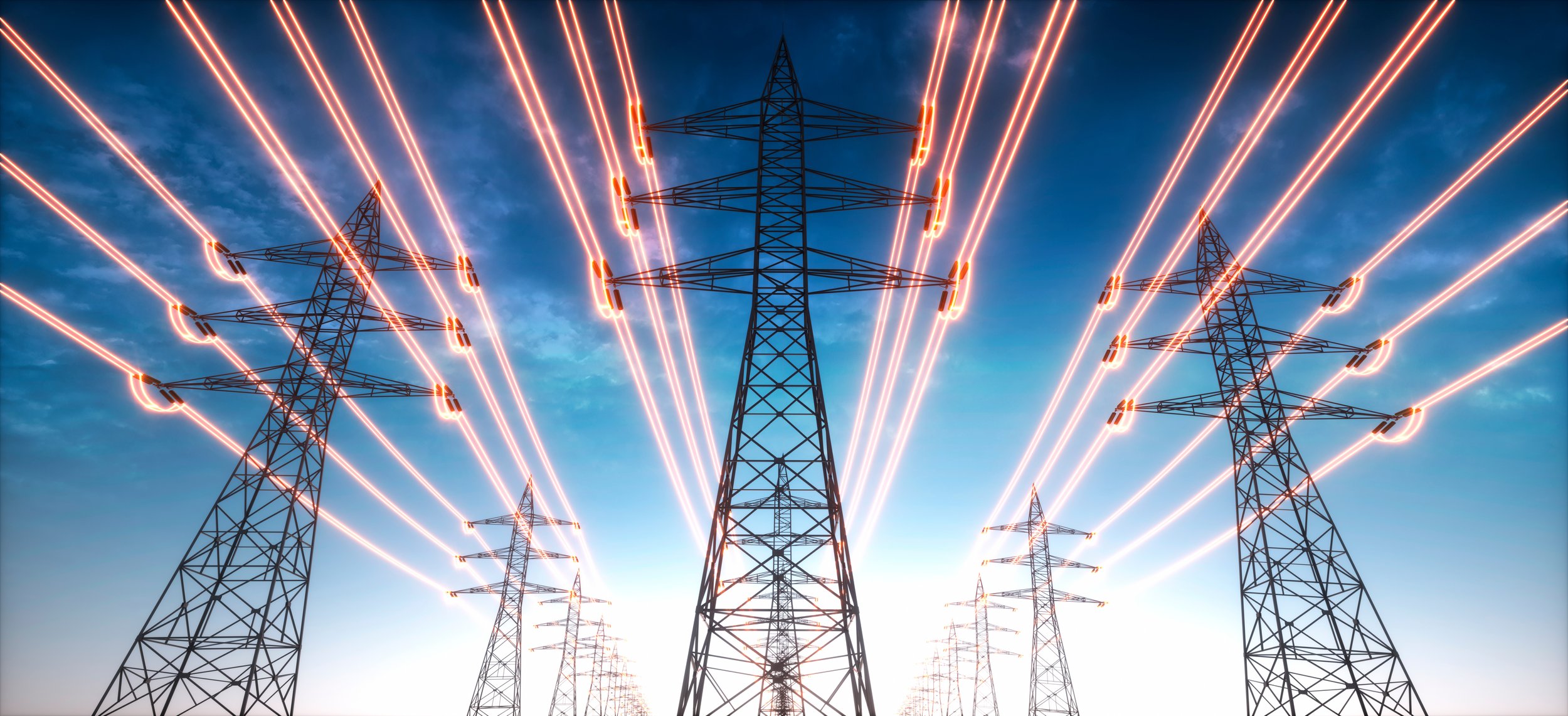VPP INTELLIGENCE Hub
If you have news updates to share please contact us.
What is a virtual power plant?
A virtual power plant is a network of energy devices, like rooftop solar, batteries and EVs, that are pooled together to serve the grid. With participants approval the devices can be called on by system operators to share, reduce and store electricity. VPPs are capital and cost-efficient choice for utilities, creating new revenue streams that also benefit consumers, while reducing the overall cost of the electricity system.
Latest news
Latest Research
recent Explainers
library
Tags
- Africa
- Asia
- Australia
- Battery Storage
- COP
- Canada
- China
- Commercial & Industrial
- Costa Rica
- DSR
- Demand-side
- Domestic
- E-mobility
- EV
- Energy
- Europe
- Global
- Hawaii
- Honduras
- International
- Ireland
- Japan
- Latin America
- Middle East
- New Zealand
- Nigeria
- North America
- Renewable Energy
- Residential
- South America
- Taiwan
- Transport
- Turkey
- UAE
- USA
- United Kingdom
- Utilities
- VPPs
- Vietnam
- Zimbabwe
- ancillary services
- data
- energy management
- energy storage
- flexibility
- microgrid
- rooftop solar
- software
- solar pv
Categories
Rooftop Solar & Virtual Power Plants Take Center Stage As Oil & Gas Wilt
With the addition of energy storage, solar-enabled ratepayers can power their way through an emergency individually with clean kilowatts, and they can also lend a hand collectively by enrolling in a virtual power plant.
Sunrun partners with Tesla for virtual power plant in Texas
US solar power company Sunrun has announced it will expand its support for the energy grid in Texas in partnership with Tesla Electric, a subsidiary of Tesla.
Why some of the biggest names in tech and auto are teaming up on virtual power plants
Virtual power plants are already helping prevent power outages, but they lack a structured environment. A new coalition aims to change that.
Eraring battery to be built in two stages, as Origin targets 2GW virtual power plant
Origin Energy says it will build the massive Eraring battery over two stages, and is also aiming to grow its in-house “virtual power plant” to 2GW or more to provide a “very low cost” replacement for the country’s biggest coal generator.











































